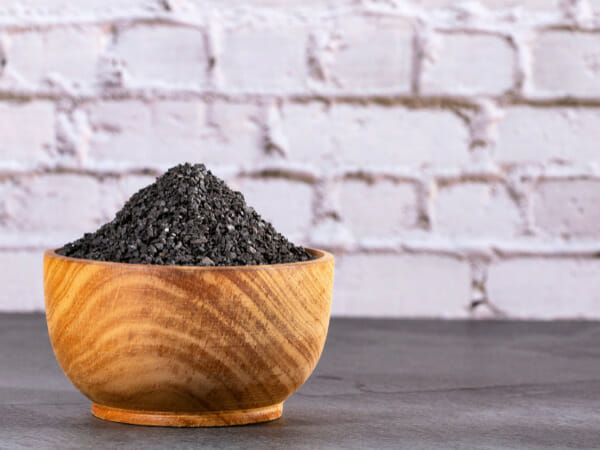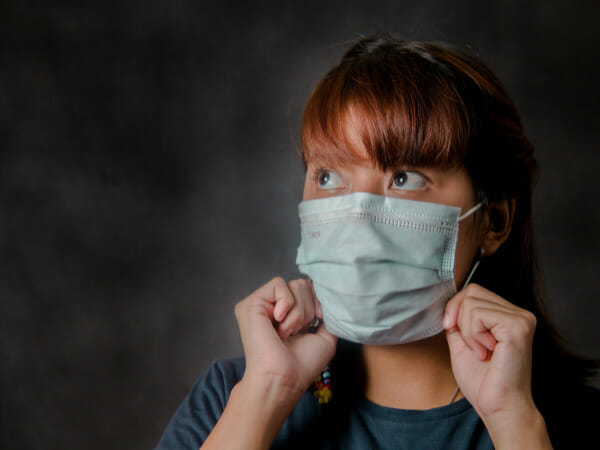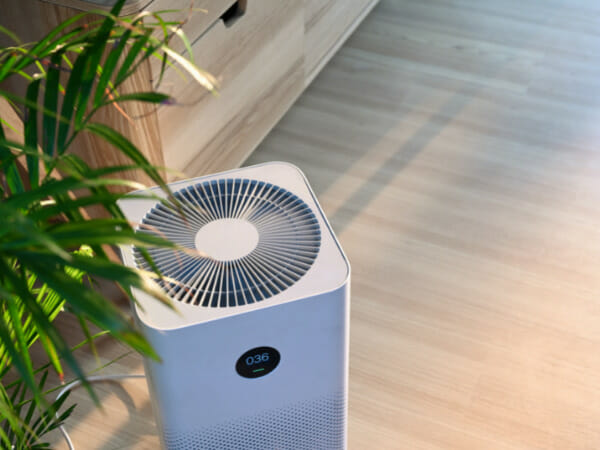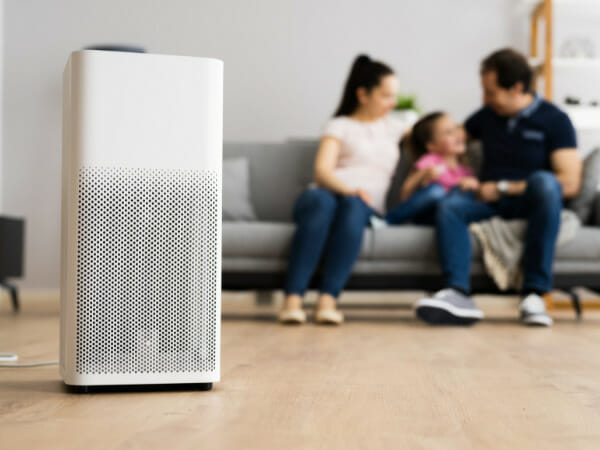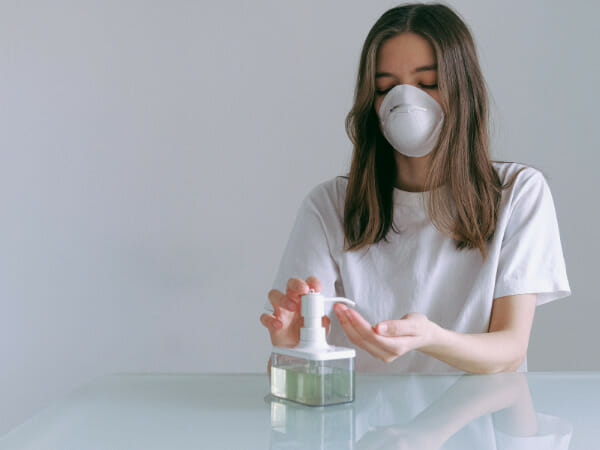Can an Air Purifier Keep Your Home COVID-Free?
An air purifier can help reduce air contamination, including viruses such as COVID-19.
The quality of the air we inhale determines the health of the lungs as well as different organs. Without a doubt, clean air is viewed as a fundamental prerequisite for human well-being and health. At the precipice of the pandemic, the worldwide COVID-19 plague, has placed air purifiers at the center of attention.
What is an Air Purifier?
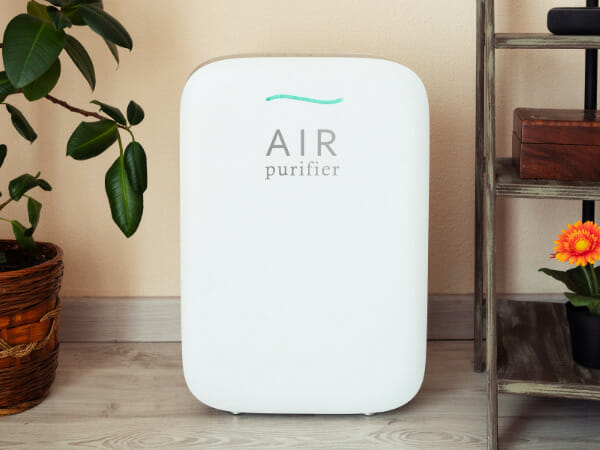
Indoor air might contain tiny particles that are undetectable to the naked eye and can be dangerous to human health. These toxins can be caught inside our homes. Some of them are molds, combustion byproducts such as carbon monoxide, particulate matter, and environmental tobacco smoke. In particular, SARS-CoV-2, which causes Covid-19, can drift in the air and linger in inadequately ventilated indoor spaces.
We breathe anything that we spray around our homes. Furthermore, assuming it’s harmful to the virus, it’s probably likewise destructive to our human health. Cleaning the air is a unique test. You can’t simply splash it with synthetics and tap out. We want to adopt an entirely different strategy against viral infections.
Given the fast spread of the virus, including through asymptomatic carriers, it is of clear significance to investigate reasonable moderation innovations that can reduce the airborne infection indoors and, in this manner, limit airborne transmission.
How Air Purifiers Filter the Air?
Air purifiers guarantee the filtration of the indoor air—given the way that indoor air can have levels of specific contaminations up to multiple times higher than open-air, as indicated by the Environmental Protection Agency (EPA).
They generally comprise multiple filters and several layers of intricate weaves. These filters are made of mesh, fiber (frequently fiberglass), or paper, and they require standard substitution to sustain their effectiveness.
Thus, as air travels through the filter, contaminations and particles are caught, releasing depolluted air into the living space and refreshing stale air.
Most of them have been demonstrated to successfully eliminate indoor pollutants and airborne particles— allergens, microbes, dust, residues, pollen, odor, to give some examples. However, not all air cleaners fundamentally satisfy their promotional stretch.
Allow us to dig further into the functional standard of air purifiers upon their various filter types.
-
High-Efficiency Particulate Air (HEPA)
This filter is a type of mechanical air filter. This air filter can remove 99.97% of airborne particles with a size of 0.3 microns (µm). These filters are great at hauling things out of the air and retaining them with the goal that they can’t be recirculated.
HEPA filters are rated for containment ability of 0.3 μm particles, the most challenging size to capture, which means that the efficiency of capture for other size particles is higher than 99.97%.
HEPA filters, which follow their beginnings back to the gas masks of World War II, are a military requirement for protection against synthetic, biological, and radiological warfare agents. In those days, the US Army Chemical Corps asked Nobel Prize-winning chemist Irving Langmuir to concentrate on how the masks’ asbestos filters function and how they could be improved to fence against particle inhalation.
HEPA filters are present in hospitals, and clinical proof shows that they can decrease viral infections.
HEPA filters don’t eliminate gases or VOCs from the air.
-
Activated Carbon
A type of filter that functions similarly to HEPA filters—it also pulls air through the filter to trap contaminants, but the principle contrast between these two are the materials.
Activated Carbon is an extraordinarily treated medium with high porosity that could absorb the toxins as air goes through it and is commonly combat volatile organic compounds (VOCs) coming from common household products.
Carbon filters don’t apparently eliminate particles from the air.
-
Air cleansers with an Ultraviolet (UV)
A light element utilize short-wave UV-C light to inactivate airborne microbes. Their goal is to eliminate bacteria and viruses drifting around the air by exposing them to UV light which disinfects the air through germicidal irradiation.
Ultraviolet (UV) light exposure is an immediate antimicrobial approach, and its viability against various strains of airborne infections has for some time been established.
Infections inside small aerosol droplets, however, are profoundly defenseless against far UVC (typically deactivates viruses by triggering a chemical reaction that fuses adjacent thymine bases in DNA or uracil bases in RNA.). Last year, David Brenner, director of the Center for Radiological Research at Columbia University Irving Medical Center, and his partners observed that 222 nm UV was similarly pretty much as great as 254 nm UV at killing two common types of COVID and determined that far UVC light at the regulatory exposure limit for people would kill 95% of uncovered viruses in 11 min.
The Centers for Disease Control and Prevention (CDC) upholds the utilization of germicidal UVC against SARS-CoV-2.
Brenner proposes that far UVC lights could be on the roof and utilized ceaselessly to sanitize the air.
- Ionizer
It is another air cleaner that utilizes no filters to clean the encompassing air. Ionizer works by transmitting negatively charged ions, which combine particles with a contradicting electrical charge and make them thick. The denser particles will be too weighty to float around the room and fall onto objects and various surfaces such as walls, carpets, curtains, ceilings, etc. These impurities will, in any case, exist inside the room until you tidy them up.
According to the University of Massachusetts Amherst, “Electronic air cleaners (e.g., ionizers) and ozone-generators are NOT for recommendation due to the health and safety concerns of the ozone and other potential pollutants they can emit.”
Can an Air Purifier Keep COVID away?
Yes, from the get-go of the pandemic, as flocks of customers went online looking for air purifiers, numerous manufacturers inferred that their products could safeguard against COVID-19. A portion of these have been around for quite a long time, yet the unavoidable issue is: Do they neutralize SARS-CoV-2? Up until this point, some have proven data, while others need more review.
COVID-19 particles stay in the air for as long as three hours. More ventilation or air circulation and better filtration can eliminate the number of airborne particles that float around when an infected individual coughs indoors. According to Dr. Wei-Ning Wang of Virginia Commonwealth University College of Engineering, “Since most COVID viruses spread through droplets and/or aerosols, these airborne pathogens can be captured by the air cleaner filter.”
COVID-19 particles are around 0.1 microns in size; thus, filtration is the standard approach applicable to catch airborne SARS-CoV-2, and it largely gets approval from regulatory agencies and researchers.
John Holecek, a senior scientist at nanoComposix, a nanomaterials consultancy and contract research company situated in San Diego, says that “High-Efficiency Particulate Air (HEPA) filtration is the best strategy” to eliminate infections from the air. In addition, US Centers for Disease Control and Prevention (CDC) says that “when utilized appropriately, air cleaners can assist with lessening airborne contaminants, including infections and viruses, in a home or confined space.”
How to Choose the Best Air Purifier for COVID?
-
High-Efficiency Particulate Air (HEPA)
Nidhy Varghese, MD, a pediatric pulmonologist in Texas, prompted looking for a purifier with a HEPA filter for the utmost results. HEPA implies they sift through no less than 99.97 percent of particles with the diameter specification of 0.3 microns in a lab setting.
-
Association of Home Appliance Manufacturers (AHAM)
These guidelines aim to guarantee the well-being, effectiveness, and execution of air purifiers and other home care appliances. The guidelines give a typical comprehension among manufacturers and customers to assist with making the buying system less complex. While deliberate, most respectable air cleansers have gone through this accreditation program, which frequently gives a CADR rating and size guidelines.
-
Clean Air Delivery Rate (CADR) is a metric applicable to estimating the performance of air purifiers.
The CADR rating mirrors the volume of air in cubic feet per minute (CFM) that is free of particles of specific sizes. Smoke, pollen, and dust were tested to quantify the viability of eliminating different molecule sizes ( small, medium, and large-sized particles.) Each is estimated and assigned its CADR score.
The higher the CADR rating, the quicker and more effective it is at filtration. Jill Notini, AHAM’s Vice President, Communications and Marketing, encourages customers to focus on the rating while shopping. Search for a CADR of somewhere around 300 and over 350.
The benefit of the CADR rating is that it gives the shopper a method for contrasting products that accounts for both filter efficiency and air circulation. The CADR is a decent method and buyer’s guide to avoid misdirection in marketing hype.
-
Minimum Efficiency Reporting Values (MERVs)
These report of a filter’s capacity to catch bigger particles in the range of 0.3 and 10 microns (µm). The rating is from a test method that the American Society of Heating, Refrigerating, and Air Conditioning Engineers (ASHRAE) developed. Higher MERV ratings mean the filter is better at capturing different types and sizes of particles. This helps compare the performance of different filters.
-
Size Guidelines
The Association of Home Appliance Manufacturers (AHAM) suggests that the CADR of your air purifier is equivalent to somewhere around 66% of the room’s region. For instance, a room with 120 square feet (10 ft by 12 ft) should have an air cleaner with a smoke CADR of no less than 80.
Allergy and Immunology specialist Joshua Davidson, MD, based in California, urges customers to focus on how frequently the air purifier will require a replacement air filter and the number of square feet it can clean.
“You need something that fits the size of your room or greater; bigger will give you better cleaning power,” says Linsey Marr, a Charles P. Lunsford Professor and Virginia Tech engineer who studies the transmission of infectious disease. She does it via aerosols and viruses in the built environment.
Air purifier models to look for
For legitimate efficiency, you want a model that will work for your room size. Pick a model that is intended for an area bigger than the one you are equipping it for. Also, if you want to operate it in a lower, quieter setting.
Hearing solace is significant because your air purifier is present with you consistently. To work appropriately, it should run ceaselessly and not irritate you with its noise level the entire day. Choose one that additionally has a very peaceful night mode. This permits you to rest close to the unit without distraction.
Also, if your roofs are higher than 8 feet, an air purifier appraised for a bigger room will be fundamental. For ideal air filtration, the air dissemination should be in restriction within the room. It should also be in an enclosed space (living rooms, bedrooms, children and pets rooms, closets, kitchens, etc.) ought to have one for the optimal experience.
-
Air Filter Replacement
How often as possible you should change filters depends on the purifier type and use. Albeit, a few filters are washable and reusable. They require meticulous maintenance and are less likely to be the most effective air purifiers. Reusable filters are for the most part great at eliminating bigger particles from the air, similar to pollen and dust.
Linsey Marr adds that people likewise should be cautious while changing the filters since they could be full of virus. The usual life expectancy of a 1 inch-thick home air filter is 90 days. If you are utilizing one consistently, you have to replace it at regular intervals every 45 days.
Also, the viability of air purifiers in genuine circumstances probably won’t emulate those of controlled conditions in a lab. They have to be constantly running to work.
What are other ways to keep the air free from COVID?
Despite their potential benefits, air purifiers may be futile. Especially if you don’t take alternative steps to create cleaner air in your home. There are no full-protection indoor conditions during the pandemic. But, there are clear objectives to bear in mind when trying to make them safer.
The key attribute of keeping the air COVID-free is a balance of the following:
- Source Control: Limit the amount of virus in the air in the first place by limiting occupancy in indoor spaces. You can also conduct unnecessary indoor get-togethers, universal masking outside even when vaccinated. Plus, always rehearse intensive social distancing.
- Wipe the surfaces down with a disinfectant, or scrub with nontoxic cleaning products.
- Ventilation: Airflow to assure adequate ventilation, opening windows and uncovering vents on opposite sides of the room. If weather conditions allow, to increase outdoor airflow and to dilute indoor pollutants. Use fans to expand the workings of open windows. Avoid smoking inside and make a routine to bathe your pets.
- Efficiency to filter out a range of small particle sizes by vacuuming rugs, carpeting, and fabric furniture often, particularly opt for sealed and HEPA-certified vacuums.
- Ability to take into consideration sensible practical maintenance plans without negatively enrapturing normal air circulation and ventilation.
Conclusion
Almost two years after the pandemic, anxieties about getting the infection have dropped extensively. This is generally because of an effective vaccination program, and a more noteworthy comprehension of people to the actual virus. What we cannot deny is that air purifiers might assist with further developing your air quality in alternate ways. While there’s some proof that they can diminish traces of airborne viruses, research is still progressing. You shouldn’t only depend on one to protect and safeguard you from COVID-19.
The US Environmental Protection Agency (EPA) states, High-Efficiency Particulate Air (HEPA) filters can remove 99.97% of any airborne particles with a size of 0.3 microns (µm). This includes dust, pollen, mold and bacteria. An air purifier won’t attempt to increment indoor air quality alone, however, it can unquestionably help.

